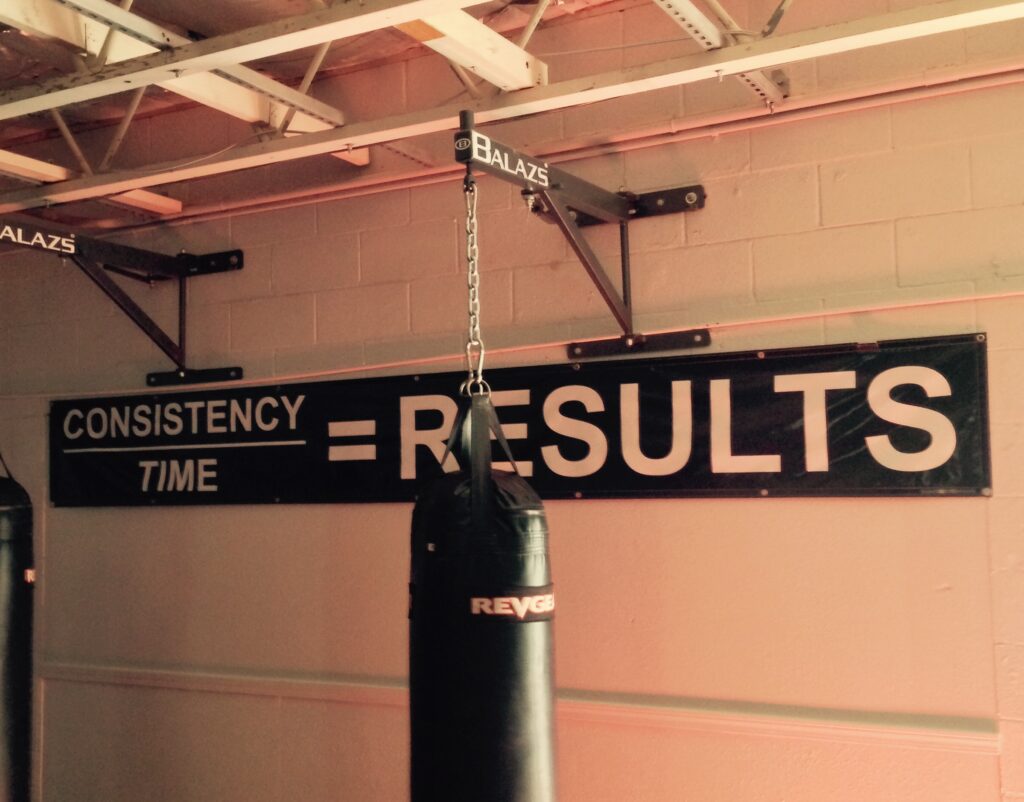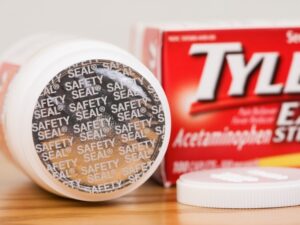I am often asked if a person or company can recover from a reputation crisis. The simple answer is, “yes”, but the effort and discipline it takes to do so is not that simple and is solely up to the individual or the leadership of an organization to act upon two vital elements – consistency and time.
While reputations are fragile, and once cracked can never quite be put exactly back together, recovery can be achieved if there is genuine and transparent acknowledgement of what was done, if there is clear and consistent behavior to make amends, and this is done (again) consistently over time.
Robert Downey Jr., comes to mind when I think of a person who rose to prominence, fell, and then repaired his reputation to find success (and work in Hollywood) again. Johnson & Johnson’s Tylenol brand is another example of a brand that lost confidence among consumers, but through diligent and consistent efforts, earned that trust back to regain its place as a global category 
Consistency – the key here is to recognize what actions or behaviors led to the reputation issue, make the proper amends, and then outline the ways in which you or your company will move forward in an authentic way to demonstrate your intent to regain trust and reputation – day in and day out! Downey Jr., took time to rehab his body from the addiction to drugs while also nurturing his mind and spirit to focus on what would be meaningful in his life and surrounding himself with like-minded people. People soon saw that he was consistently working to make amends and move forward in a positive manner. I’m not saying that the Iron Man franchise would not have happened without him, but there’s no question that his involvement and talent made it a blockbuster!
Time – people can be skeptical as well as forgiving, so the critical element here is consistent behavior over time. Commitment to a vision of regaining reputation is what will drive the consistent behavior over time. Repetition (not only in how I ended the last two sentences) is the key to turning skeptics into supporters and from supporters to potential advocates. Tylenol’s emergence from the cyanide tampering in the 1980s is an example of not only acting quickly (another form of time – see this story for the power of time), but also how leadership focused on creating a tamper-proof solution that would continue to demonstrate trust and reliability over time.
If you or your company have been caught in a reputation crisis, it does not signal the end! However, it will take deliberate planning to outline what must be done differently, clear communication to your family, friends, colleagues, customers or other key constituents as to what will be done differently moving forward, and then ‘walking the walk‘ each and every day! Easier said than done, but your future and your reputation are more than worth the work! Don’t you think?


